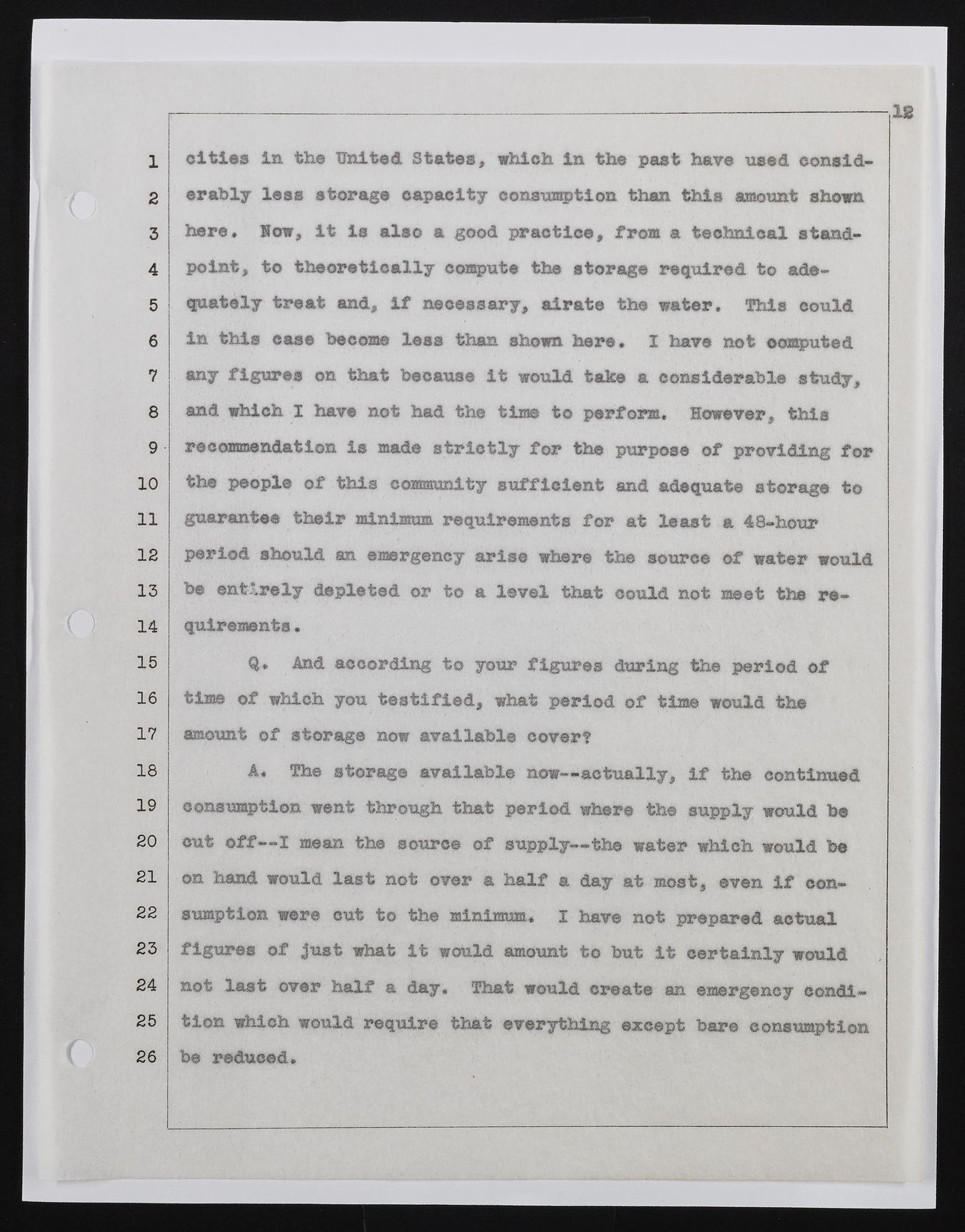Copyright & Fair-use Agreement
UNLV Special Collections provides copies of materials to facilitate private study, scholarship, or research. Material not in the public domain may be used according to fair use of copyrighted materials as defined by copyright law. Please cite us.
Please note that UNLV may not own the copyright to these materials and cannot provide permission to publish or distribute materials when UNLV is not the copyright holder. The user is solely responsible for determining the copyright status of materials and obtaining permission to use material from the copyright holder and for determining whether any permissions relating to any other rights are necessary for the intended use, and for obtaining all required permissions beyond that allowed by fair use.
Read more about our reproduction and use policy.
I agree.Information
Digital ID
Permalink
Details
Member of
More Info
Rights
Digital Provenance
Publisher
Transcription
1 2 3 4 5 6 7 8 9 10 11 12 13 14 15 16 17 18 19 20 21 22 23 24 25 26 cities in the United States, which in the past have used considerably less storage capacity consumption than this amount shown here. Sow, it is also a good practice, from a technical standpoint, to theoretically compute the storage required to adequately treat and, if necessary, airate the water. This could in this case become less than shown here. I hare not oomputed any figures on that because it would take a considerable study, and which 1 hare not had the time to perform. However, this recommendation is made strictly for the purpose of providing for the people of this community sufficient and adequate storage to guarantee their minimum requirements for at least a 48-hour period should an emergency arise where the source of water would be entirely depleted or to a level that could not meet the requirements • And according to your figures during the period of time of which you testified, what period of time would the amount of storage now available cover? A. The storage available now—actually, if the continued consumption went through that period where the supply would be cut off—I mean the source of supply—the water which would be on hand would last not over a half a day at most, even if consumption were cut to the minimum* I have not prepared actual figures of just what it would amount to but it certainly would not last over half a day. That would create an emergency condition which would require that everything except bare consumption be reduced.

